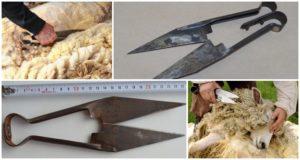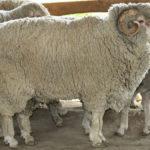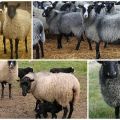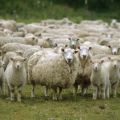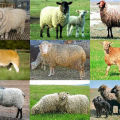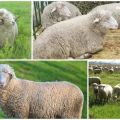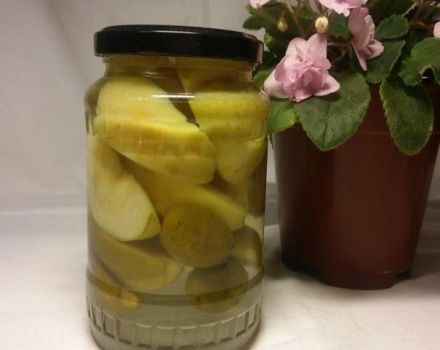Description and characteristics of Caucasian sheep, features of the content
Most farmers raise sheep for wool or meat. Therefore, it is important to choose the right breed of animals. Popular choices are Caucasian and North Caucasian sheep breeds. Breeding work was started by zootechnicians of the Stavropol Territory in the 30s of the last century. It should be noted that when growing the North Caucasian breed, some sheep breeders note the low fertility of animals.
Description and characteristics of the breed
Animals of the Caucasian breed are distinguished by a proportional physique, an oblong and rounded body. Adult males gain weight up to 120 kg, females - up to 70. Sheep grow at the withers up to 75-77 cm, females - up to 70 cm.
In terms of wool, the breed also demonstrates good performance: 8-9 kg of wool is cut from a ram, 7-8 kg from a sheep, the length of the fibers is 10 and 8 cm, respectively. Fleece is usually a creamy pastel color with a whitish tint. The yield of pure wool is 55-56%.
Pros and cons of Caucasian and North Caucasian sheep
Due to the high quality fleece, sheep wool is used for the production of garments. The popularity of the breed is also explained by other positive qualities:
- individuals grow large, quickly gain weight (one-year-old females weigh 65-70 kg, males gain weight up to 120 kg);
- with one carcass, a large meat yield of 55-60% is obtained;
- high fertility of Caucasian females (100 females bring 140 lambs a year);
- animals of the North Caucasian breed grow well and develop in an arid climate.

A negative quality of Caucasian sheep - wool grows unevenly on certain parts of the body. Most often on the head and abdomen. Lambs of the North Caucasian breed are sometimes born with a sparse coat.
Maintenance and care
In the hot summer period, it is necessary to provide animals with a resting place and access to fresh clean water in grazing areas. In winter, draft-free insulated rooms are suitable for keeping sheep. On frosty days, the temperature in the sheepfold should not fall below 12-14 ° C. Wooden boards are used to form separate corrals.
A prerequisite is the presence of a hard floor (on a soft surface, animals may have problems with ligaments). The best option is to cover the concrete floor with a boardwalk.To make it easier to maintain cleanliness, the floor is laid with a slight slope for the natural drainage of sewage.
Nutrition rules
It is recommended in the sheepfold to allocate a separate feeder for each sheep. Drinking bowls are installed voluminous, since an adult can drink up to 10 liters of water per day. The diet is divided into summer and winter. In the warm season, the basis of food is the green grass of pastures. In winter, dry food and juicy food are combined.
Approximate daily ration of an adult animal: 2-2.5 kg of silage, 1.5-2 kg of hay, 0.5-1 kg of compound feed.
Naturally, the portions of adult animals and lactating females are larger than those of young individuals. Free access to minerals is guaranteed. For this, separate feeders are filled with chalk, bone meal and table salt.
Where is it bred?
Farmers in Ukraine, Armenia and the North Caucasus are mainly engaged in raising Caucasian sheep. When breeding a herd, sheep breeders practice to distinguish several lines of the breed: with a high shear of wool, volumetric weight gain, high fertility.
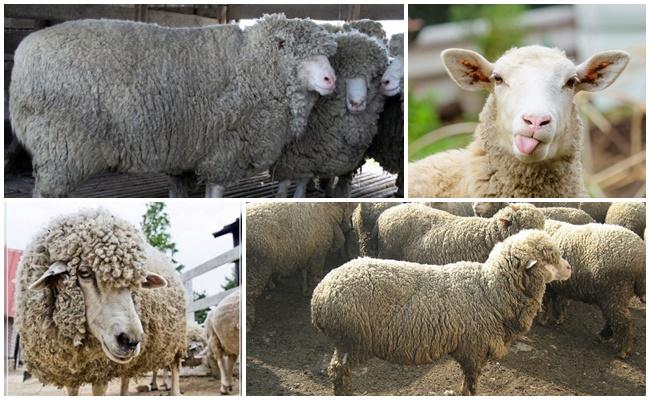
Diseases and prevention
The greatest danger to animals is represented by infectious diseases, which are quickly transmitted from individual to individual (scrapie, catarrhal fever). Brucellosis deserves attention, as the infection is transmitted to humans. The disease progresses slowly, sick sheep are sent for slaughter. Common measures to prevent infections are quality nutrition, isolation of sick individuals, and quarantine keeping new sheep.
In the spring and autumn periods, the likelihood of infection of animals with piroplasmosis caused by tick bites increases. To avoid the disease, you need to periodically examine the animals, graze the sheep on clean pastures, and treat the grazing areas around the perimeter with special means.
Breeding Caucasian sheep does not cause excessive hassle. Unpretentiousness to the conditions of keeping, the transfer of breeding properties to the offspring are the distinctive features of the breed. A special advantage of Caucasian sheep is their high productivity in terms of meat and pure wool.
